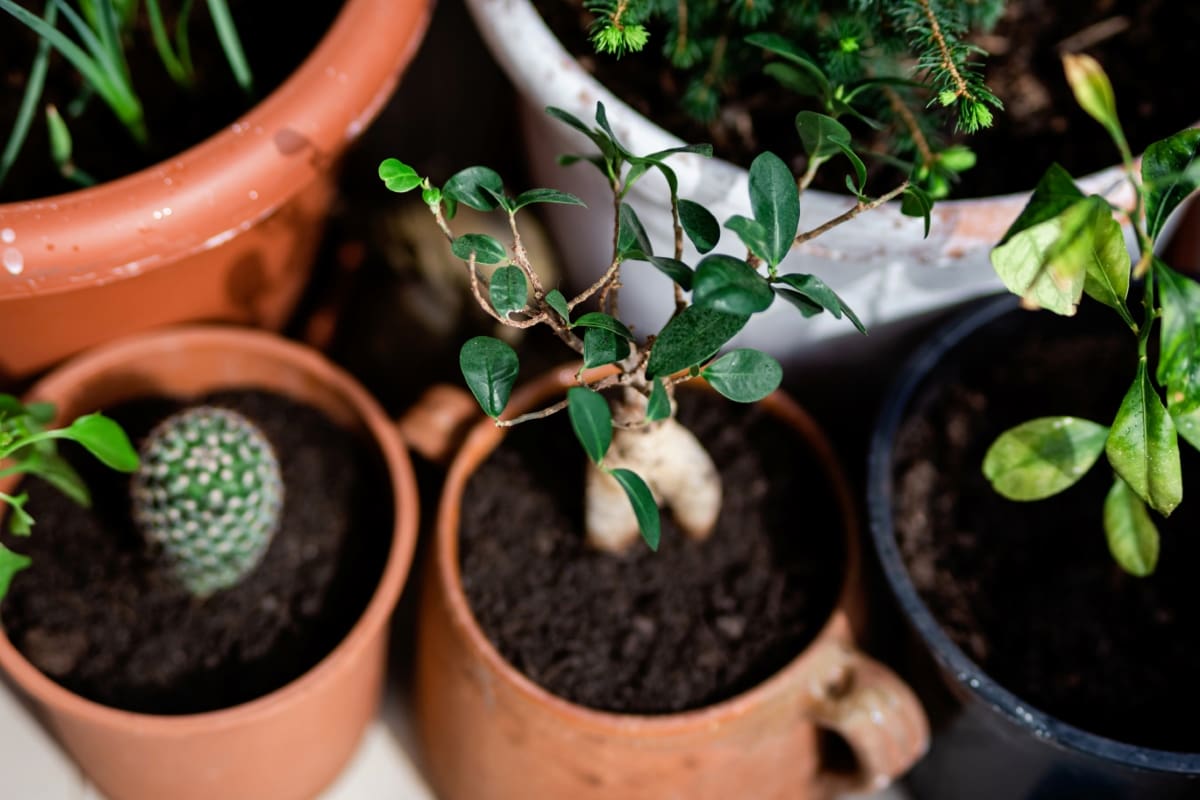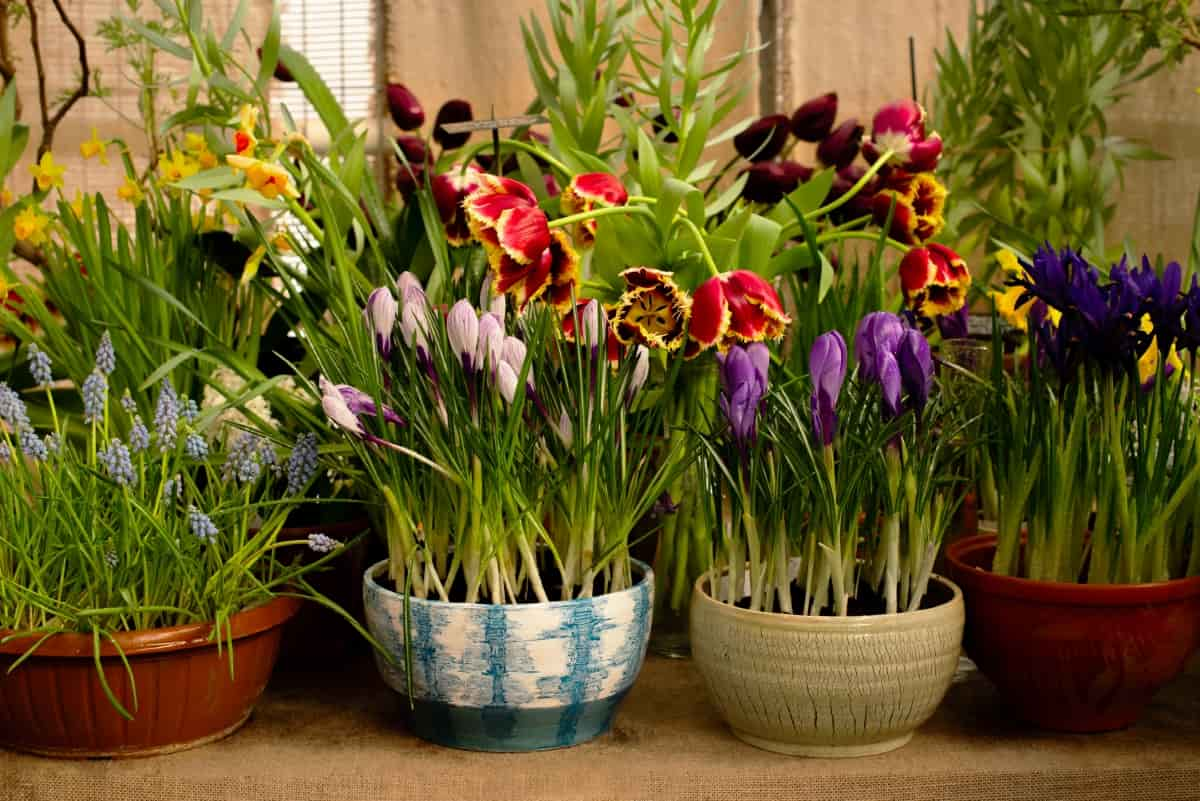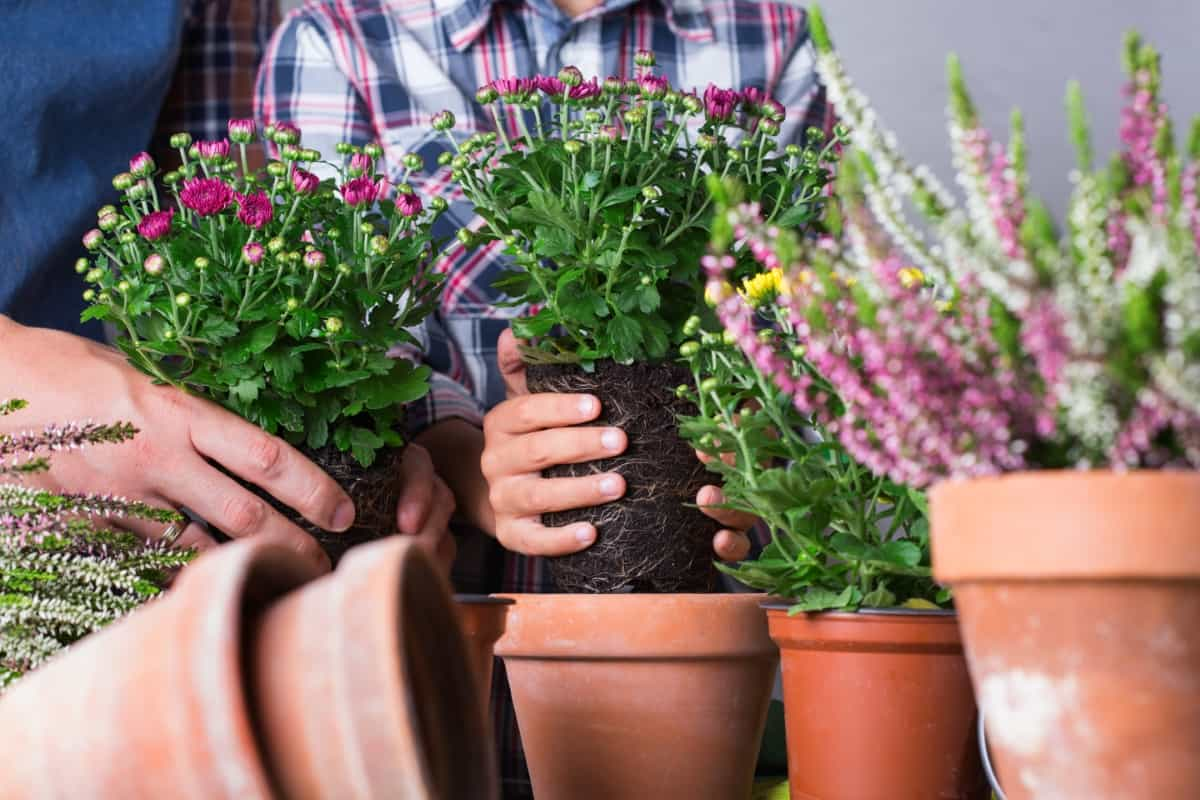Potted plants bring life and beauty into our homes, but sometimes, they struggle to grow, leaving us puzzled and concerned. Understanding the reasons for stunted plant growth is key to improving potted plant growth and ensuring the lush, vibrant foliage we all desire. There are several causes of poor plant growth, ranging from environmental factors to care practices.

By providing optimal conditions for potted plants and following potted plant care tips, such as meeting light requirements for indoor plants, ensuring proper watering tips for potted plants, and addressing nutrient needs for container plants, we can foster a thriving indoor garden. Soil quality for indoor plants, choosing the right pot size, and dealing with root-bound plants are also crucial.
Preventing pest infestations in pots and managing diseases in potted plants will further protect our green companions. Understanding the environmental factors affecting plant growth, including temperature effects on indoor plants, is essential for maximizing growth in container plants. We can overcome the common challenges of indoor plant growth troubleshooting with the right fertilizing strategies for potted plants and repotting tips for healthy plants.
Why Your Potted Plants Are Not Growing
Insufficient Light
Many indoor plants have specific light requirements for indoor plants, and failing to meet these needs can lead to weak, leggy growth and lack of flowering. To remedy this, position your plants near a window that receives ample sunlight or consider using artificial lighting designed for plants. Ensuring that your potted plants receive the right amount and intensity of light will significantly improve their growth and vitality.
Improper Watering
Improper watering, whether overwatering or underwatering, is a common cause of poor plant growth in pots. Excessive watering can result in root rot and fungal infections, while insufficient watering can lead to wilting and inhibited growth. Effectively watering plants involves recognizing their individual needs and adapting your watering routine accordingly. Assess soil moisture by feeling the top inch with your finger and irrigate when it’s dry. Ensuring a balance in watering will support optimal plant health and growth.
Nutrient Deficiency
Nutrient deficiency can significantly hamper the growth of potted plants, as essential minerals and elements are crucial for their development. Nutrient deficiency symptoms include yellowing leaves, stunted growth, and poor flowering. Addressing nutrient needs for container plants involves using a balanced, water-soluble fertilizer at the recommended intervals. Regularly fertilizing your plants according to their specific needs will replenish essential nutrients and enhance their growth and flowering.
Poor Soil Quality
Soil quality plays a pivotal role in the health and growth of potted plants. Poor soil quality, lacking in structure or nutrients, can inhibit root development and water retention, leading to suboptimal plant growth. To improve soil quality for indoor plants, incorporate a well-draining potting mix enriched with organic matter. This will guarantee optimal nutrient availability and an ideal setting for root development, fostering robust plant growth.
In case you missed it: Fertilizing Potted Watermelon Vines: Organic, Natural, Homemade, NPK, and Schedule

Pot Size Limitations
Choosing the right pot size is crucial for the well-being of potted plants. Pots that are too small can restrict root growth and lead to nutrient and water deficiencies, while pots that are too large can cause waterlogging and root rot. Ensure that your plant’s pot is proportionate to its size, with adequate room for root growth but not so large that the soil stays wet for too long. Upgrading to a larger pot as your plant grows will accommodate its expanding root system and contribute to its overall health and growth.
Root Bound Plants
Root-bound plants occur when roots outgrow their pot, circling tightly around the edge and leaving little room for expansion. This condition can severely limit a plant’s growth by restricting water and nutrient uptake. Signs of root-bound plants include roots growing through the drainage holes and soil drying out rapidly.
Addressing this issue involves repotting the plant into a larger container with fresh potting mix, giving the roots more space to grow. Regularly checking the root system and repotting when necessary will prevent this problem and encourage healthy plant growth.
Pest Infestations
Pest infestations can severely impact the growth of potted plants by sapping essential nutrients and causing physical damage to leaves, stems, and roots. Common indoor plant pests like aphids, spider mites, and mealybugs can rapidly infest plants if not dealt with promptly. Preventing pest infestations in pots involves regular inspection of your plants, isolating new plants before introducing them to your collection, and maintaining cleanliness around your indoor garden.
When pests are detected, treatments can range from rinsing the plant with water to using insecticidal soaps or neem oil, ensuring these invaders are eradicated before they can cause significant harm to your potted plants.
Disease Issues
Disease issues in potted plants, often caused by fungi or bacteria, can lead to symptoms like leaf spots, wilting, and root decay, hindering plant growth. Overwatering and poor air circulation are common culprits that create an environment conducive to disease development. Managing diseases in potted plants requires removing affected parts, improving environmental conditions, and, if necessary, applying fungicides or bactericides designed for indoor use. Keeping the foliage dry and ensuring good airflow around your plants can help prevent the onset of diseases.
In case you missed it: Fertilizing Potted Passion Fruit Vines: Organic, Natural, Homemade, NPK, and Schedule

Environmental Stress
Environmental stress, including fluctuations in light, humidity, and air quality, can significantly affect the well-being and growth of potted plants. Abrupt environmental shifts can trigger stress reactions like leaf shedding, diminished growth, and decreased vitality in plants. Minimizing environmental stress involves maintaining consistent care practices and gradually acclimatizing plants to new conditions if changes are necessary. A stable environment closely mimicking a plant’s natural habitat will encourage healthy growth and resilience.
Incorrect Temperature
Optimal temperature levels are pivotal for the cultivation of potted plants, typically ranging from 65°F to 75°F (18°C to 24°C) during the day and slightly lower at night. Temperatures outside this range can slow plant growth, cause damage to foliage, and inhibit flowering. Protecting your plants from extreme temperatures by placing them away from drafty windows, heat sources, and direct air conditioning flows can help maintain the optimal temperature for their growth.
In case you missed it: Fertilizing Potted Jackfruit Trees: Organic, Natural, Homemade, NPK, and Schedule

Conclusion
Various factors, including pest infestations, disease issues, environmental stress, and incorrect temperature settings, can hinder the growth of potted plants. Understanding and addressing these challenges with appropriate care practices can significantly improve the health and vitality of your indoor garden.
- Feed Your Flock for Less: Top 10 Tips to Save on Chicken Feed
- Ultimate Guide to Ossabaw Island Hog: Breeding, Raising, Diet, and Care
- Hatching Answers: The Top 10 Reasons Your Chickens Aren’t Laying Eggs
- Eggs and Economics: Breaking Down the Cost of Raising Backyard Chickens
- Defend Your Greens: Proven Methods to Keep Iguanas Out of Your Garden
- Ultimate Guide to Cinnamon Queen Chicken: A Comprehensive Guide for Beginners
- Ultimate Guide to California Tan Chicken: Breeding, Raising, Diet, Egg-Production and Care
- Ultimate Guide to Marsh Daisy Chicken: Breeding, Raising, Diet, and Care
- 10 Types of Chicken Farming Businesses You Can Start for Profits